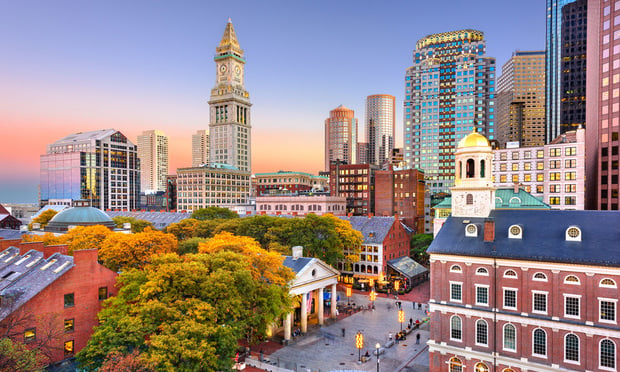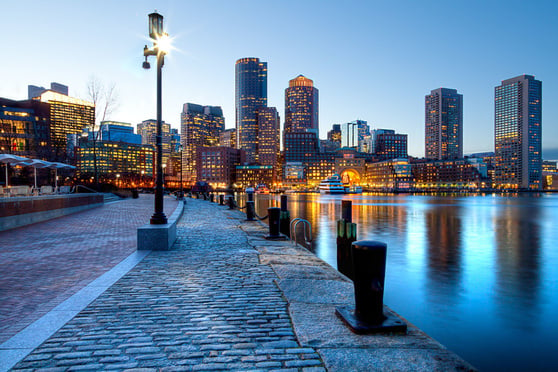Developing a building in an ecologically sound manner was once a vague term that could mean anything from using recycled materials to putting in large windows. But recently, the US Green Building Council, a non-profit industry group, established the Leadership and Energy and Environmental Design or LEEDs standards to measure the sustainable design of a building.
As John Hess, director of sustainable design for Vanderweil Engineers, a locally based engineering firm that specializes in "green" design, tells GlobeSt.com there are several categories to building environmentally friendly. There is energy conservation, water conservation, interior design—which includes air quality and natural lighting, reducing light pollution, using recycled materials and minimizing the size of a parking lot to encourage the use of mass transportation. Furthermore, renovating an existing building is preferred to building from scratch in order to reduce urban sprawl.
"We're seeing more interest by owners in ecological building," notes Hess, who adds that while this type of design may cost more initially, the "lifecycle" costs are usually much better. He estimates that the operating savings are paid back on a building within three to five years while the payback on employees who are more comfortable is more difficult to quantify. "Generally, large universities, large corporations, and biotech and pharmaceutical companies tend to be pushing to have environmentally responsible buildings," says Hess. "They can appreciate the benefits and they feel they're being better employers." Builders developing buildings on spec tend to be least interested in developing environmentally friendly buildings. "They just want to build the building and sell it," says Hess.
The MIT Stata building, which is 400,000 sf, is currently under construction and has received a silver designation in LEEDs certification, a designation that Hess, whose company designed the building, says is not easy to attain. "The owners need to be on board to get that certification," he says. Vanderweil was also involved in the newly constructed 66,000-seat Patriots stadium, which has a "unique green attribute" according to Hess: a huge water conservation system that is all on-site. The Genetics Institute 200,000-sf building and TKT's 180,000-sf building were also designed by Vanderweil with environmentally friendly features. Raytheon is contemplating getting a LEED certification for its 60,000-sf building it is developing in Marlborough.
Hess says that the Greater Boston area is progressive in this area because of its high concentration of biotech and pharmaceutical companies. While there is no mandate to build in this manner--like there is in Seattle--this area "is ahead of most of the nation," says Hess.
Want to continue reading?
Become a Free ALM Digital Reader.
Once you are an ALM Digital Member, you’ll receive:
- Breaking commercial real estate news and analysis, on-site and via our newsletters and custom alerts
- Educational webcasts, white papers, and ebooks from industry thought leaders
- Critical coverage of the property casualty insurance and financial advisory markets on our other ALM sites, PropertyCasualty360 and ThinkAdvisor
Already have an account? Sign In Now
*May exclude premium content© 2024 ALM Global, LLC, All Rights Reserved. Request academic re-use from www.copyright.com. All other uses, submit a request to [email protected]. For more information visit Asset & Logo Licensing.








